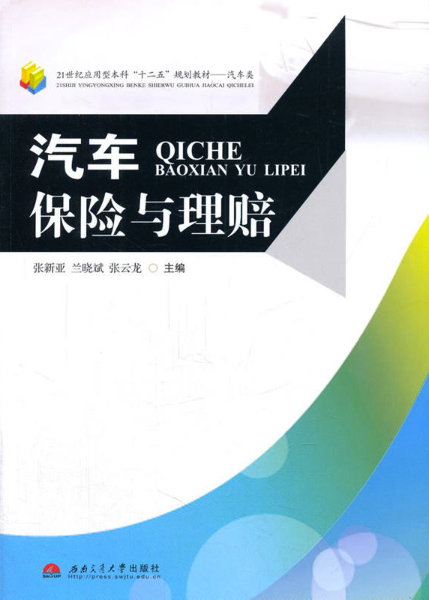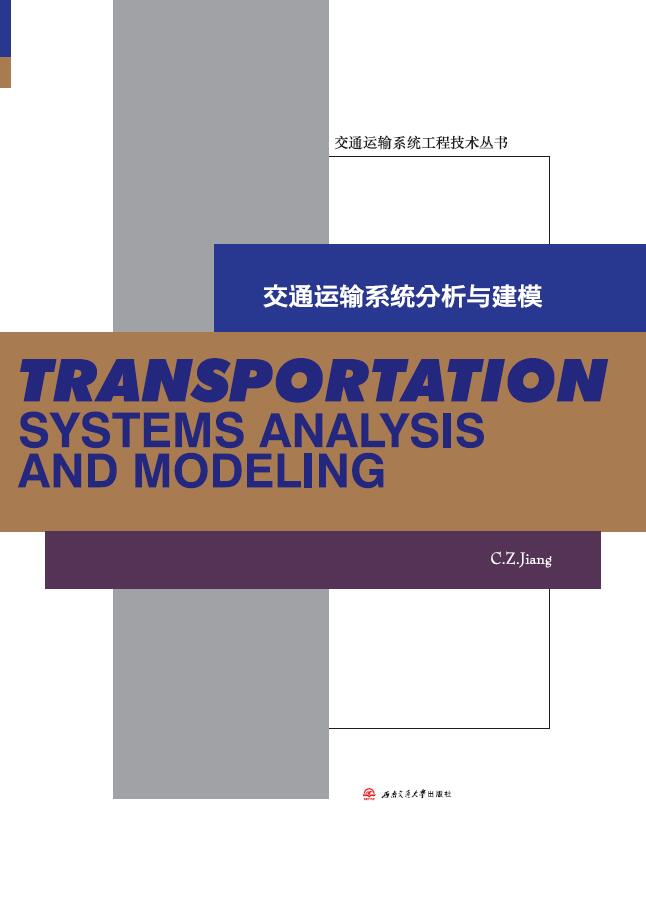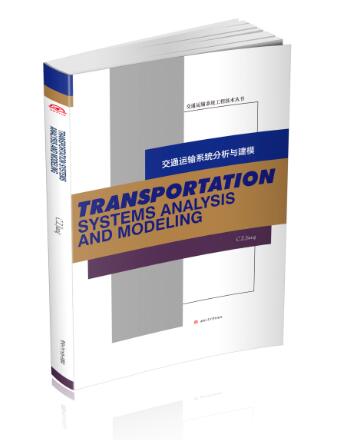-
 铁路货运作业实训教程
铁路货运作业实训教程作者:王丹, 主编
本书是高等职业教育铁道交通运营管理专业校企合作系列教材之一。全书按照货运需求受理作业训练、核算制票作业训练、到达交付作业训练、货物损失处理作业训练、货检技术作业训练、超长货物运输训练和超限货物运输训练七个项目进行编写。在编写内容与模式上,立足于“突出技能、模块实训、单项合成、岗位落标”的学习目标,着力解决“重理论、轻实践、重课堂、轻现场”的问题。本书可作为专业教材,也可作为职工岗位培训教材。
-
 城市轨道交通设备(第2版)
城市轨道交通设备(第2版)作者:颜景林
本书为高等院校城市轨道交通运输管理专业教材,从使用者的角度出发去讨论设备的功能和性能,共分为四个篇章,详细介绍了城轨车辆、供电、通信、列控系统的各种机电设备及子系统。本书是在1版基础上进行了部分修订和更新,特点包括:以人为本,注重从使用者的角度出发来学习探讨设备的功能和性能;注重案例教学,引入了大量现实案例来加强学习,使教材活化,增强可读性,达到学以致用的目的。本书可供高等院校城市轨道交通类专业学生作为教材使用,同时也可供城市轨道交通行业的工作人员学习参考。
-
 汽车保险与理赔
汽车保险与理赔作者:张新亚, 兰晓斌, 张云龙
本书的主要内容为四大部分:保险的基础知识及汽车保险的分类、职能及原则,汽车保险合同的主要内容及合同的订立,汽车机动车保险的选择、投保的流程及核保流程,汽车保险条款、汽车消费信贷、汽车保险欺诈风险控制、保险法律法规等附加内容。
图书分类
Book classification- 本书首先重新定义了交通系统,针对交通运输供给系统进行分析,特别是基于运输成本和交通流量的关系,通过交通流理论、效用函数理论等对交通运输系统用户行为以及客运与货运规律进行数学建模,其中包括交通运输网络静态和动态均衡模型,*后介绍如何通过数据对已经建立的模型校正。本书适合相关专业本科、研究生及相关的研究人员参考。
- A transportation system can be defined as the combination of elements and their interactions, which produce the demand for travel within a given area and the supply of transportation services to satis...查看更多
-
Part A Transportation Systems Analysis and Modeling Process 1
Chapter 1 Introduction to Transportation Systems 1
1.1 Definitions 1
1.1.1 Preliminary Concepts of Transportation Systems ...查看更多






